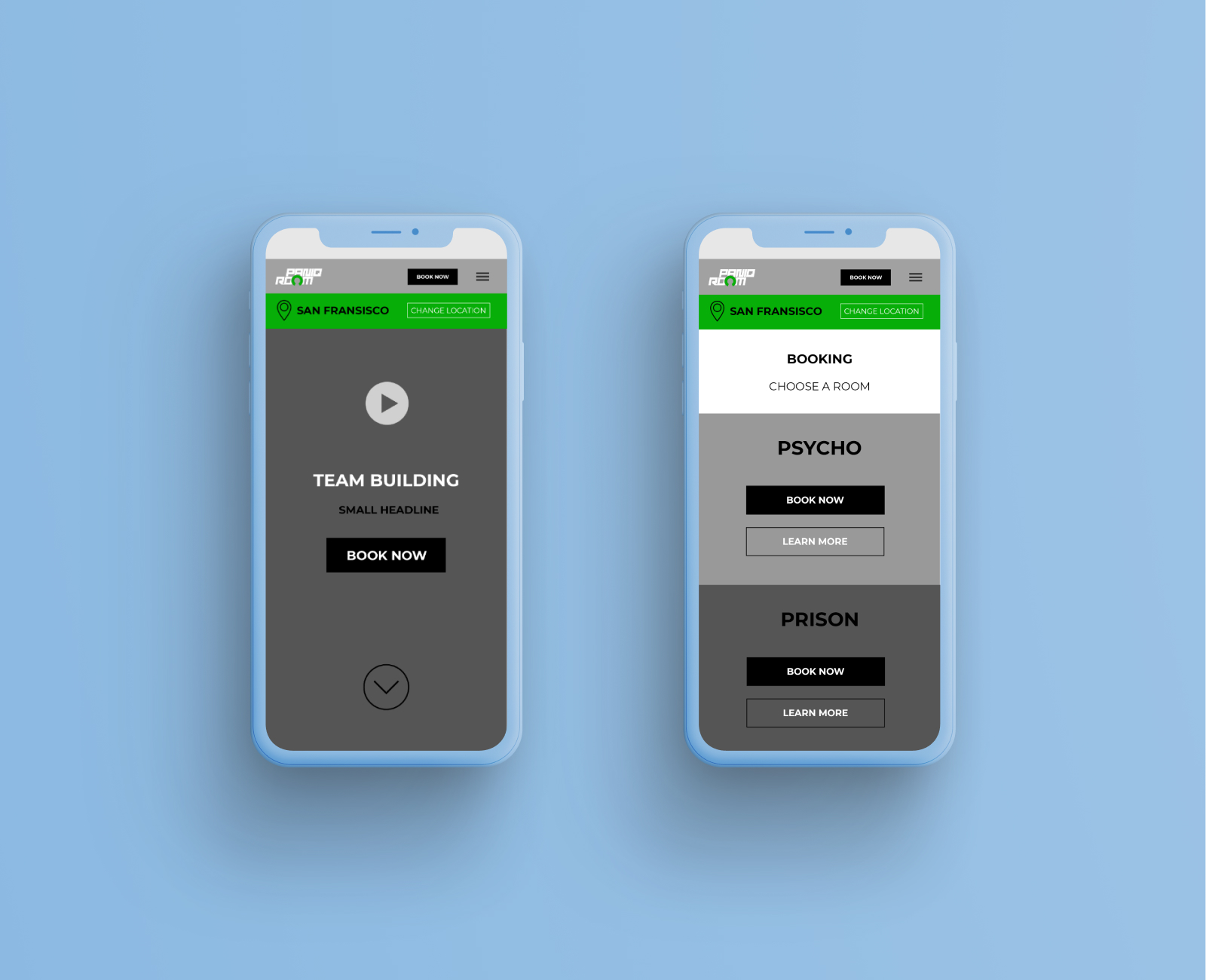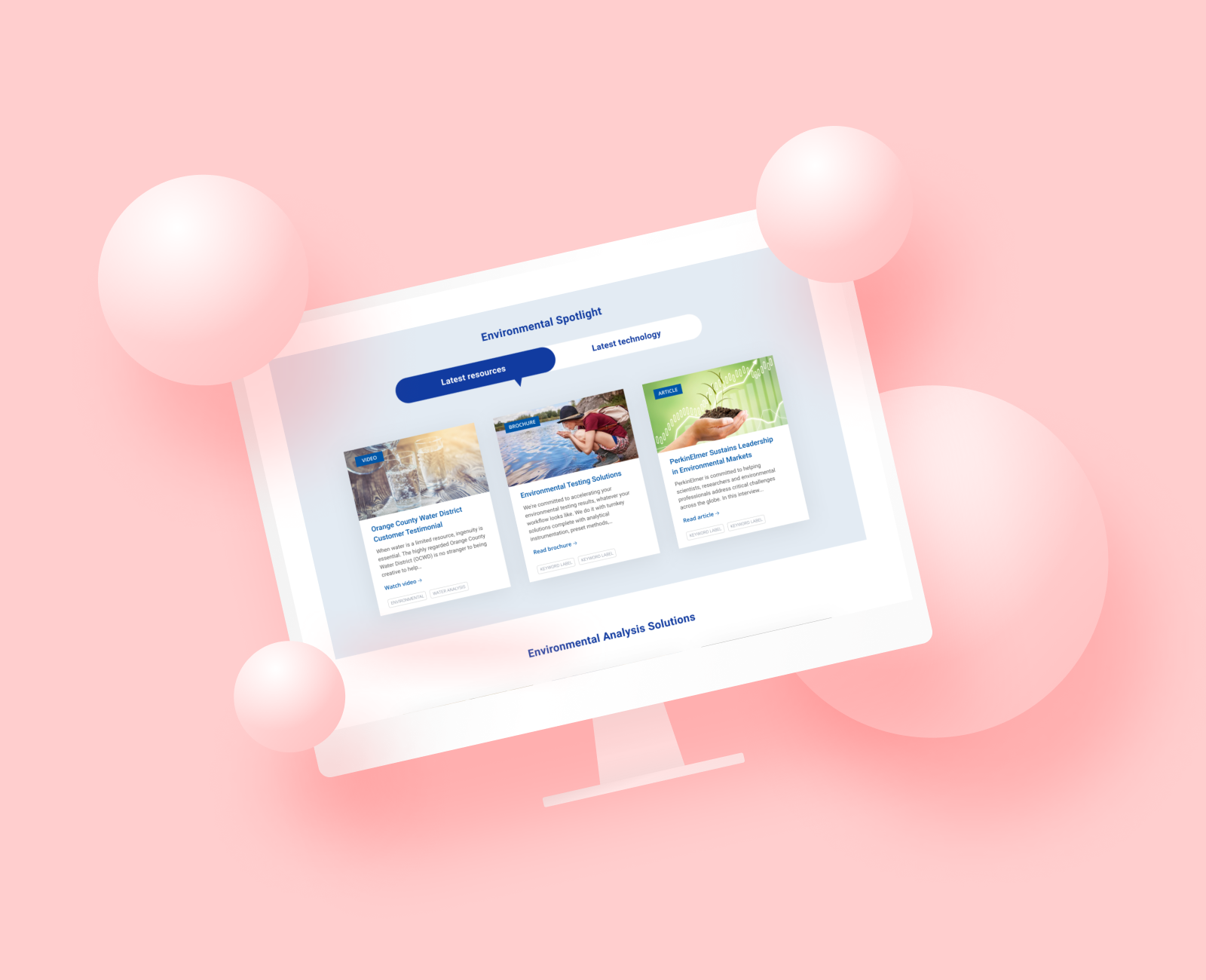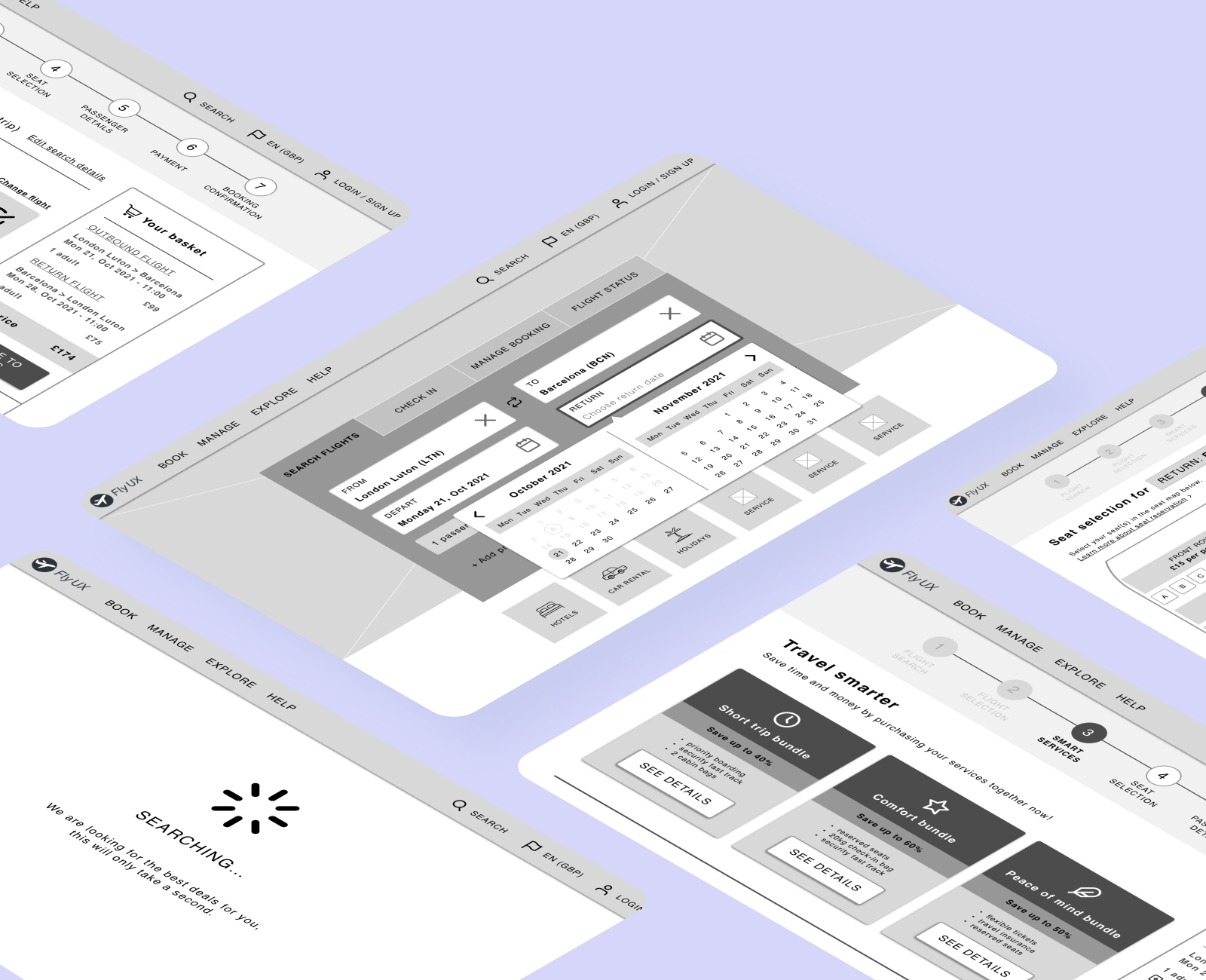Solving user problems
through empathy and creative ideas
As a UX designer, I am your users' voice in the room, come hell or high water. Combining a decade of branding & marketing experience with cutting-edge UX education, I am here to solve your users' problems—and generate trust and confidence in your product while doing so.How do I work?
A brief overview of my design process:
1. USER RESEARCH
Research is always the first step in my problem-solving process. Depending on the project requirements, I will carry out website data analysis, A/B testing, online surveys, card sorting sessions, customer and stakeholder interviews or usability tests. We can’t solve the problem if we don’t dig deep enough to find it.
2. DEFINE THE PROBLEM
It’s time to put a structure to our messy research data and get to the root of our findings. Through collaborative sessions, we can all have a shared understanding and create powerful tools that will help us make better design decisions, such as affinity diagrams, empathy maps, proto-personas and user journey maps.
3. CREATE USER FLOWS
Before I can start sketching out solutions, I need to define the most critical user flows. People are using your product to get things done and I want that flow to be as smooth and as friction-free as possible. That is why I consider and define where each screen and screen state will sit in the overall flow first.
4. DESIGN AND PROTOTYPE
I am now ready to go into solution mode and solve that problem. My favourite way to start the interaction design process is sketching out screens by hand first, using pen and paper. Once I am happy with the final iterations of my sketches, I design the medium or high fidelity screens and prototypes using Figma or Sketch.
5. VALIDATE MY IDEAS
To avoid falling in love with my own ideas and building solutions that just aren’t right, I conduct further usability tests on my prototypes. I am over the moon when I can see that my designs are working, but I always keep an open mind and listen to what users have to say. Being precious about your designs is your worst enemy.
6. HAND OVER MY DESIGNS
Having a software engineer as a brother has truly helped me understand the developers’ pain when they are trying to interpret your ideas without any clear rules in place. I always make sure that my annotated wireframes contain all the necessary detail a developer would need to build my designs accurately.


